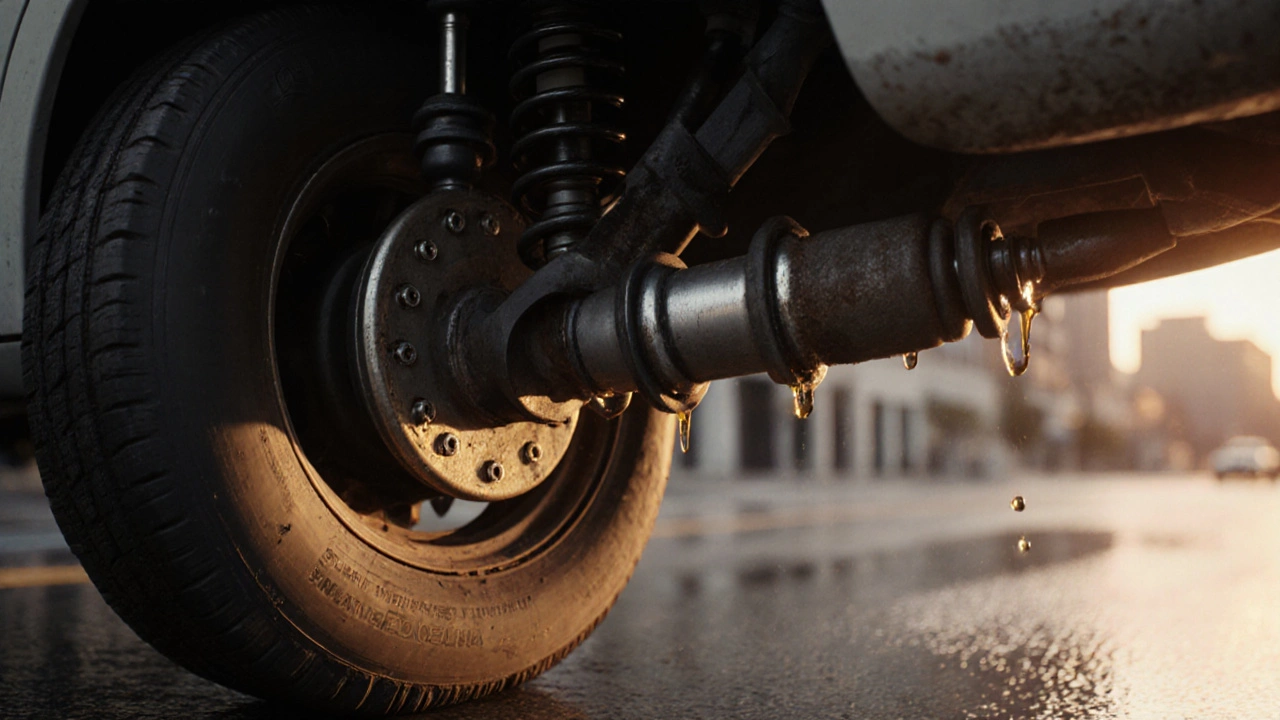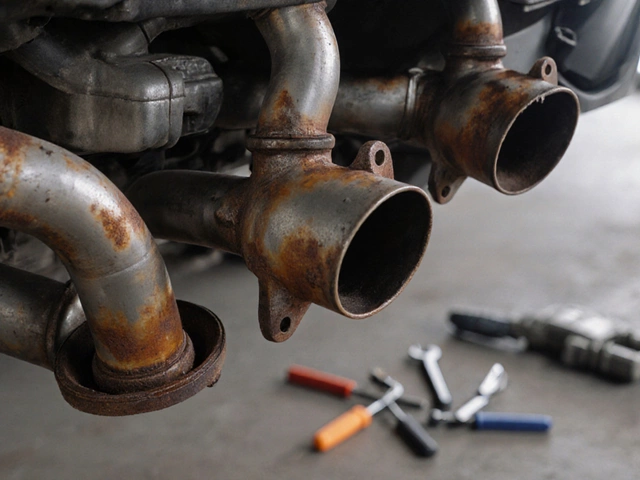Common Suspension Issues – What You Need to Know
When dealing with common suspension issues, problems that affect a car’s ride quality, handling, and safety. Also known as suspension problems, they often stem from worn components or misalignment. Most drivers notice them as clunks, uneven tire wear, or a dip in comfort after a pothole. The good news is that once you understand the key players, spotting the cause becomes a simple check‑list rather than a guessing game.
Core Parts Behind the Symptoms
The suspension system is a network of parts that work together. The most common culprits are the MacPherson strut, a combined shock absorber and coil spring used on the front of most modern cars, the shock absorber, the damper that controls bounce and roll, and the control arm, the link that connects the wheel hub to the chassis and guides steering motion. When any of these wear out, the vehicle can develop a common suspension issue like excessive body roll, noisy corners, or a loose feeling in the steering wheel.
Another frequent source of trouble is a bent suspension component, often a control arm, subframe, or strut knuckle that has been twisted by a hard impact. A bent part changes the geometry of the suspension, causing uneven tire wear and a pull to one side while driving. Visual cues such as a dented metal look, a sagging wheel, or a noticeable wobble at low speeds usually point to this issue.
Beyond individual parts, the overall geometry matters. wheel alignment, the precise setting of camber, caster, and toe angles keeps the tires pointing in the right direction. Misalignment doesn’t break the suspension but accelerates wear on the struts, bushings, and tires, eventually turning a minor unevenness into a full‑blown suspension failure.
Putting these pieces together creates clear semantic connections: common suspension issues encompass worn MacPherson struts, identifying a bent control arm requires visual inspection, and proper wheel alignment reduces the likelihood of suspension failure. Knowing which component to examine first saves time and money.
In the list below you’ll find articles that dive deeper into each of these topics. From a step‑by‑step guide on testing your shocks to a quick checklist for spotting a bent subframe, the posts cover the full spectrum of diagnosis and repair. Whether you’re a DIY enthusiast or just want to know when to call a professional, the upcoming resources give you actionable insight to keep your ride smooth and safe.

Most Common Suspension System Problem: Worn Shock Absorbers Explained
Discover why worn shock absorbers are the most common suspension problem, how to spot the signs, and step-by-step repair tips for smoother handling.
CONTINUE READING







